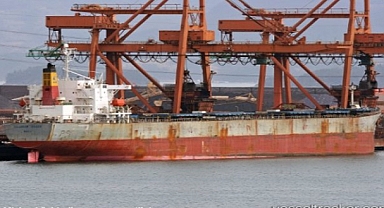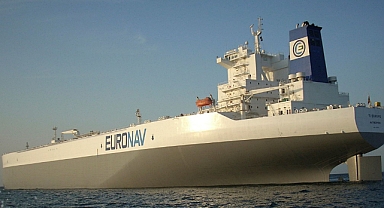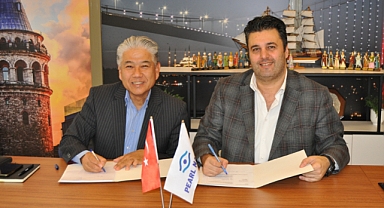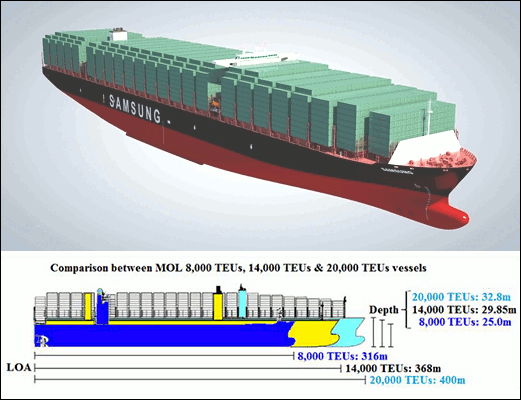BIGGER ships in greater numbers pour into the intra-Asia trades and threaten carrier profitability in an otherwise booming trade, says APL vice president Jason Wong.
In an interview with London's International Freighting Weekly, the APL intra Asia-Australian trade chief said "high single-digit growth" was driven by regional free-trade agreements and soaring Asian consumer demand.
Analyst Box Trade Intelligence's (BTI) says that 2010 intra-Asia trade volumes grew 15 per cent year on year after a 2009 decline of 3.1 per cent. BTI expects a seven per cent intra-Asia volume rise this year.
Said Mr Wong: "Volumes are healthy. The only downside is supply. We are seeing 5,000-6,000 TEU vessels being cascaded into longer hauls, so there is some pressure on yields. And we're seeing 7,000-8,000 TEU vessels on routes to the Middle East. Main line operators are also focusing more on this area."
But increasing fuel prices are a worry because bunker surcharges are new to the trade in which all-in rates are the rule. But he said that carriers are bracing themselves to introduce bunker adjustment factors (BAF) come what may.
Mr Wong also said the shallow waters of major south east Asian ports will keep 2,000 - 3500-TEU ships in business for some time. Nonetheless, ship sizes are up and would continue to rise on most routes.
Of ancillary services, he said: "Lines that offer logistical support, have their own terminal facilities, offer multiple frequencies, a more balanced trade and the right-size ships will have the advantage over a port-to-port operator."
APL's intra-Asia services focus on Far East to the Middle East and subcontinent routes.














